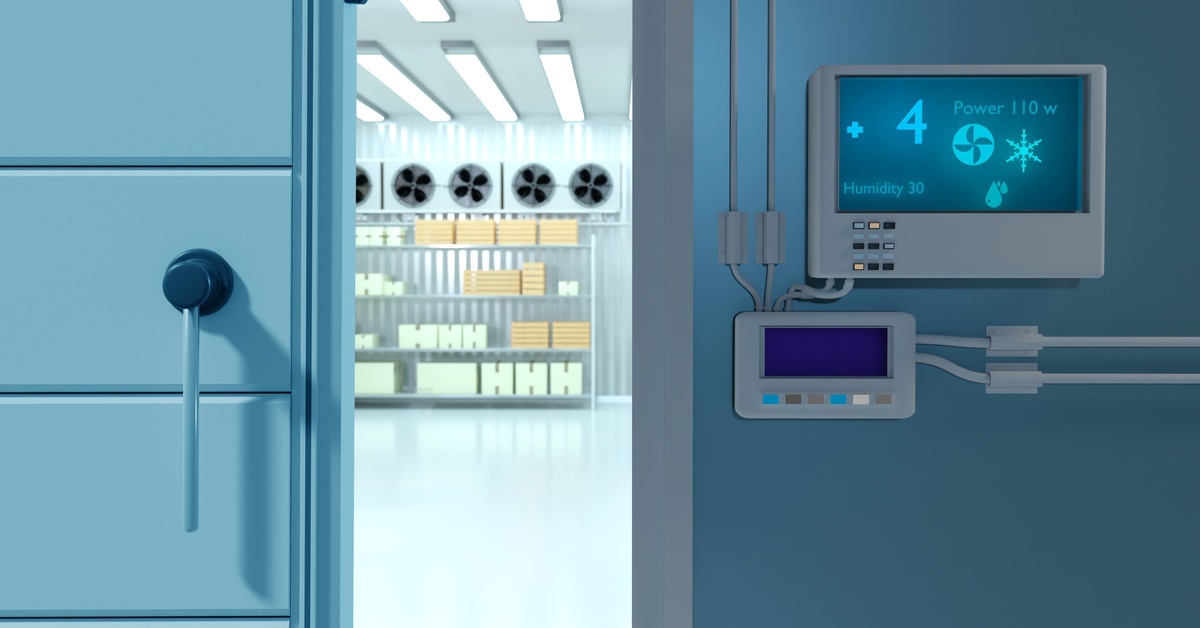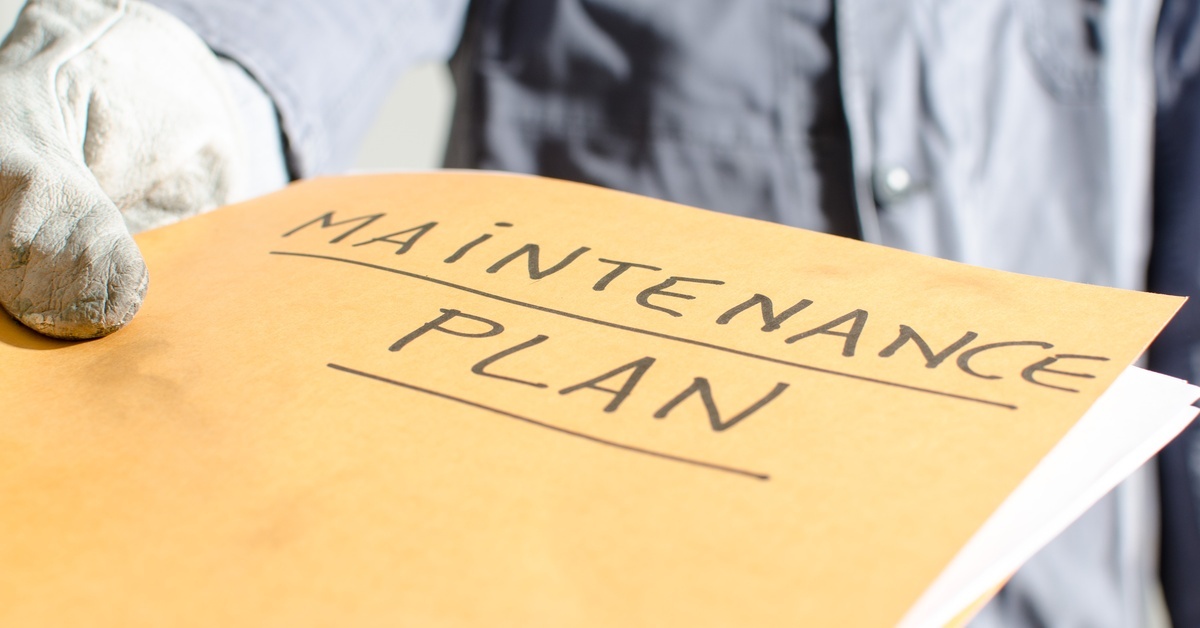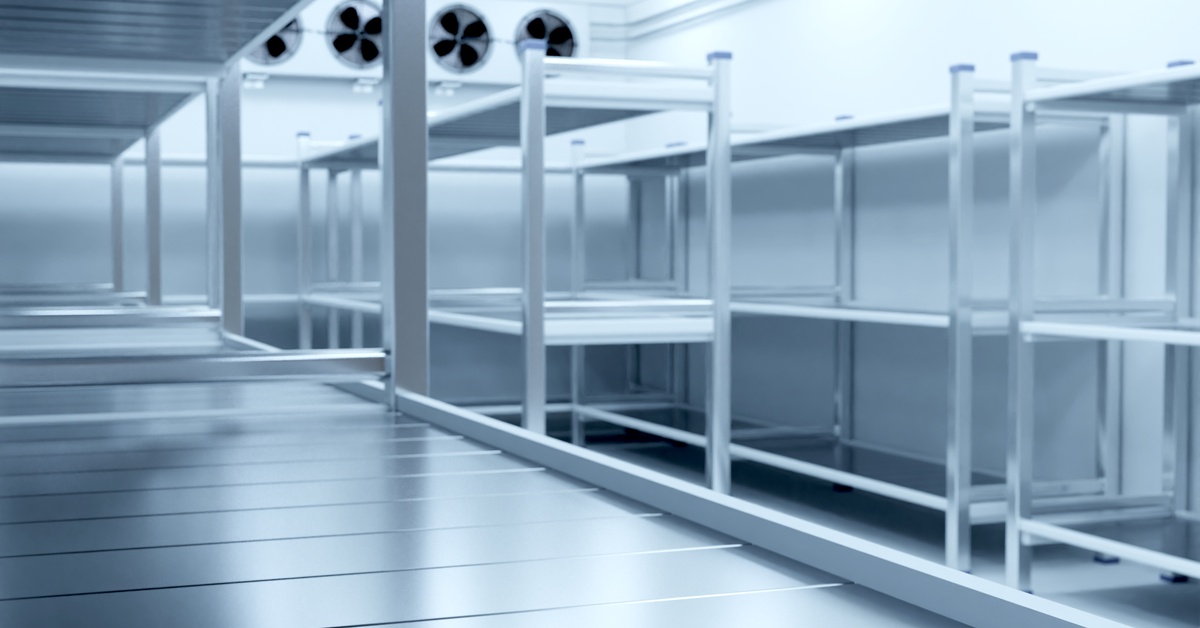Walk-In Cooler Maintenance Checklist: Key Things To Know
4th Aug 2025
Walk-in coolers are a vital component for many commercial and industrial businesses. The coolers store temperature-sensitive products, so they don’t go bad. Whether you’re in food service, pharmaceuticals, or floral logistics, maintaining a walk-in cooler is essential to extending its lifespan and keeping it efficient.
Regular upkeep not only reduces costly breakdowns but also helps ensure the quality of the goods stored within. This walk-in cooler maintenance checklist will explain key things to know and look for.
Understand the Importance of Maintaining Walk-in Coolers
Maintaining your walk-in cooler is more than just saving money on repairs. It ensures energy efficiency, reduces the likelihood of unexpected downtime, and prolongs the system’s operational life. A well-maintained cooler is also crucial for maintaining the proper temperature of stored goods, preventing spoilage, and ensuring regulatory compliance in industries with strict temperature protocols.
Regularly Inspect Door Seals
The door seal of walk-in coolers plays a vital role in maintaining temperature control and energy efficiency. A compromised seal not only allows cold air to escape, but it also invites warm air in, causing the refrigeration system to overwork and increasing energy costs. For example, a small tear in the gasket can lead to frost buildup inside the cooler, which reduces storage space and strains the compressor.
During maintenance, inspect the gaskets closely for signs of wear, such as cracks, gaps, and brittleness. Promptly replacing faulty seals ensures consistent cooling, reduces energy consumption, and extends the lifespan of the equipment.
Clean and Organize the Interior
Keeping the interior of your walk-in cooler clean not only ensures hygiene but also helps it operate efficiently. Regularly clean the walls, floors, and shelving to remove residue or spills that could lead to mold and unpleasant odors. Organize products to avoid blocking airflow and ensure even cooling throughout the space. Allow a few inches of space between the goods and the cooler walls to prevent temperature inconsistencies.
Monitor Temperature Settings
Set the walk-in cooler’s thermostat to the appropriate temperature based on the requirements of the stored items. For most perishable goods, a temperature between 35 and 38 degrees Fahrenheit maintains the products’ freshness and safety. Monitor the thermostat regularly to confirm it operates accurately and recalibrate it if readings seem off.
If the temperature consistently drops below 32°F, you risk freezing products like fresh produce, which can lead to spoilage and financial loss. Irregular temperature swings could indicate problems such as a failing compressor or a malfunctioning sensor. Addressing these issues promptly with professional assistance prevents further damage and ensures the cooler operates efficiently.

Test the Evaporator and Condenser Coils
The evaporator and condenser coils are essential for maintaining proper cooling and energy efficiency in your walk-in cooler. Neglecting to clean these components can lead to reduced airflow and strain on the system. A layer of grease and dust on the evaporator coils can cause ice buildup that disrupts cooling and forces the compressor to run longer.
When cleaning the condenser coils, check for obstructions like debris or clutter around the unit. Keeping the area clear and ensuring proper ventilation allows heat to dissipate effectively, preventing overheating and prolonging the lifespan of the equipment.
Drain Lines and Defrost Systems
Drain lines in walk-in coolers play a key role in preventing water accumulation by channeling condensation away from the unit. A blocked drain line can result in standing water, which may lead to mold growth or damage to the cooler’s interior. For example, a restaurant might find puddles forming near the cooler’s door, creating a slip hazard for employees and compromising food safety.
Regularly flushing the drain lines with warm water or a cleaning solution helps avoid clogs and ensures proper drainage. Additionally, monitor the defrost system to ensure it effectively removes ice buildup. If ice begins to encase the evaporator coils, manual defrost can restore airflow and prevent the system from overworking, safeguarding both performance and energy efficiency.
Check Fans and Motors
Fans and motors ensure consistent airflow throughout the walk-in cooler, preventing temperature variations that could compromise product quality. A malfunctioning fan, for instance, might cause one section of the cooler to stay colder while another becomes too warm, leading to uneven cooling. A grocery store storing dairy products could experience spoilage in warmer areas if airflow is disrupted.
During routine checks, listen for unusual sounds like grinding or rattling, which may indicate worn bearings or loose components. Replacing a failing motor or fan promptly not only restores proper circulation but also avoids strain on the system, reducing the risk of costly repairs or downtime.
Inspect Insulation Panels
The insulation panels in a walk-in cooler act as a barrier against external heat, ensuring the interior remains at the desired temperature. Compromised insulation, such as gaps or cracks, can allow warm air to seep in, forcing the cooling system to work harder. For example, a food distributor might notice higher energy bills and fluctuating temperatures if a warped panel goes unnoticed, potentially jeopardizing the freshness of perishable goods.
During inspections, check for visible damage or areas where the panels no longer fit snugly. Repairing or replacing faulty insulation promptly not only restores energy efficiency but also helps maintain consistent cooling, protecting both the system and stored products.
Replace Air Filters
Air filters in walk-in coolers are vital for maintaining clean airflow and ensuring the system operates efficiently. A clogged filter not only restricts airflow but can also cause the evaporator coils to freeze, leading to uneven cooling and potential product spoilage.
For instance, a bakery storing delicate items like cream-filled pastries may notice inconsistent temperatures if the filters are neglected, risking the quality of their goods. Regularly replacing filters, as recommended by the manufacturer, supports consistent temperature regulation.
Schedule Regular Professional Maintenance
While routine tasks can be managed in-house, professional maintenance provides a more thorough evaluation of your walk-in cooler. Certified technicians can spot potential issues early, perform essential system checks, and recommend repairs or upgrades. Consider scheduling professional maintenance at least twice a year to ensure the long-term health of your equipment.
Address Issues Promptly
Ignoring minor issues with the cooler can lead to more serious problems down the line. If you notice strange noises, fluctuating temperatures, or increased energy bills, investigate the cause immediately. A quick response can prevent costly repairs and reduce the likelihood of product spoilage.
Record Maintenance and Repairs
Maintaining a log can significantly enhance your ability to manage your walk-in cooler effectively. Document all inspections, repairs, and professional services performed. This record ensures you stay on top of maintenance schedules and provides valuable insights to technicians diagnosing recurring issues.

Extend the Life of Your Walk-in Cooler
Reliable walk-in coolers will protect the quality and integrity of the goods stored within. By following this walk-in cooler maintenance checklist, you can safeguard your products and establish a successful business.
For a new cooler or replacement parts, visit Coolstructures. We have a wide variety of products that will accommodate a great range of industries and their needs.

